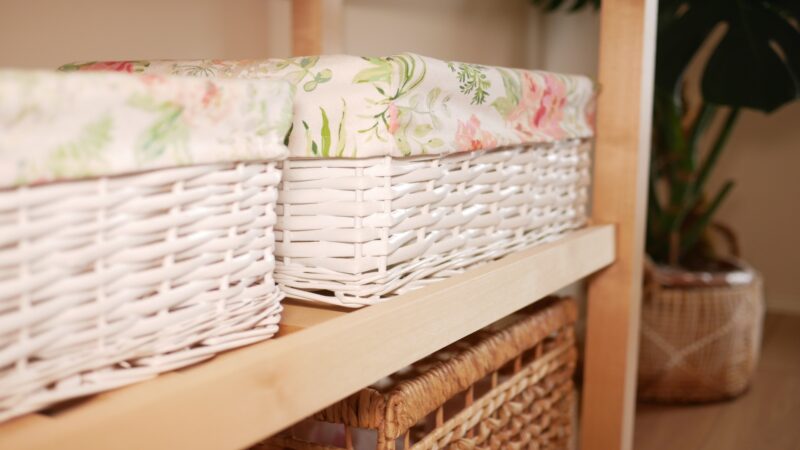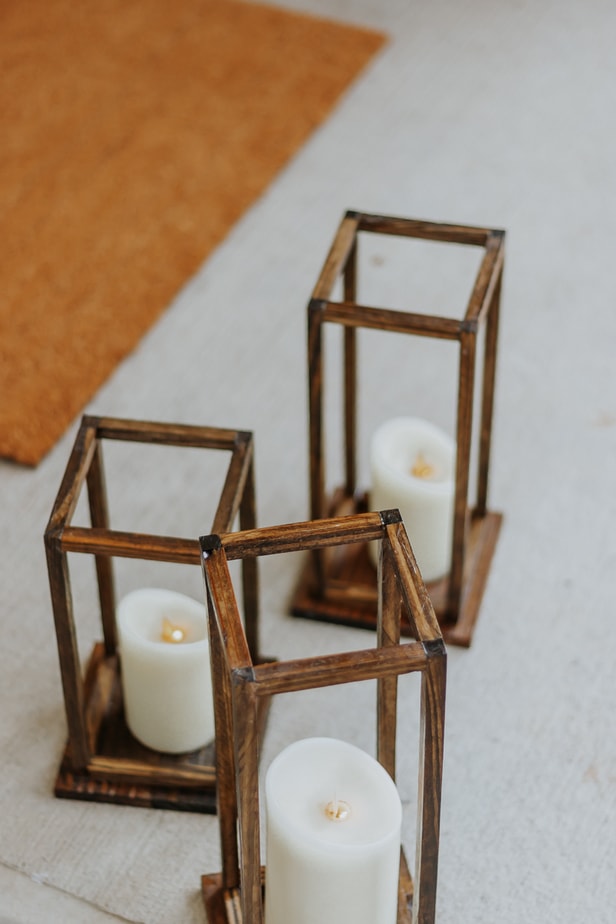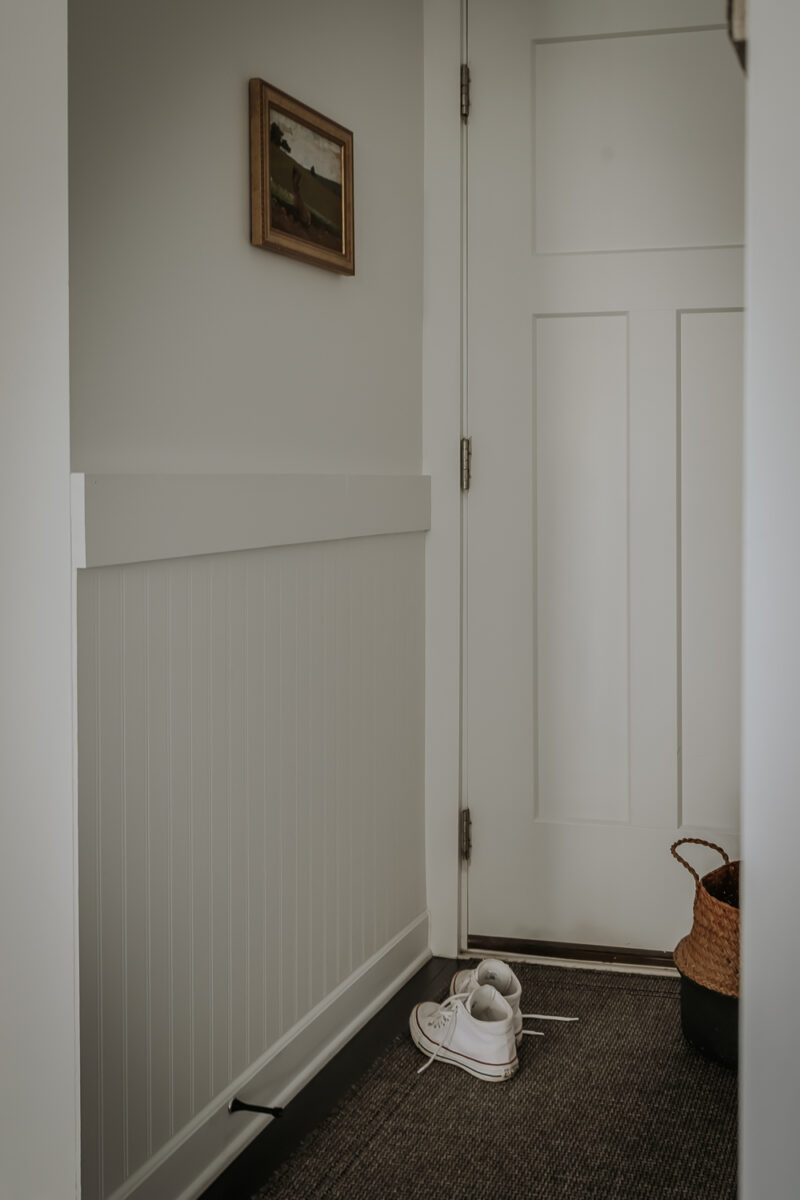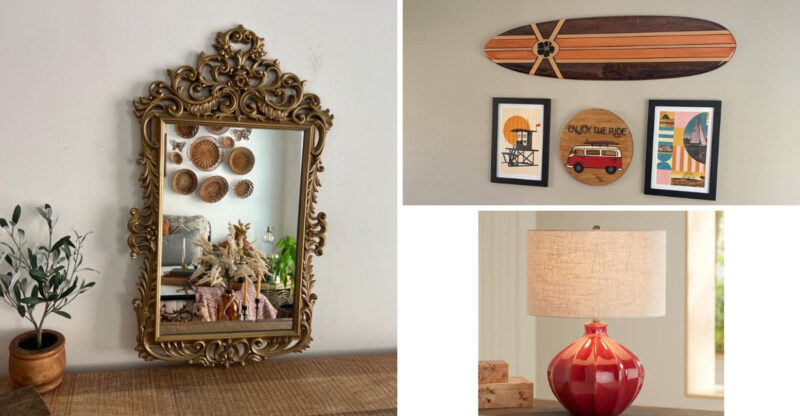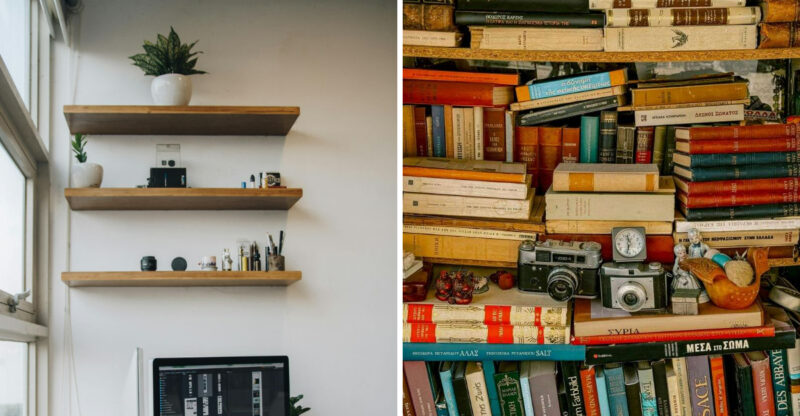7 Common Show Home Practices Buyers May Want To Be Aware Of
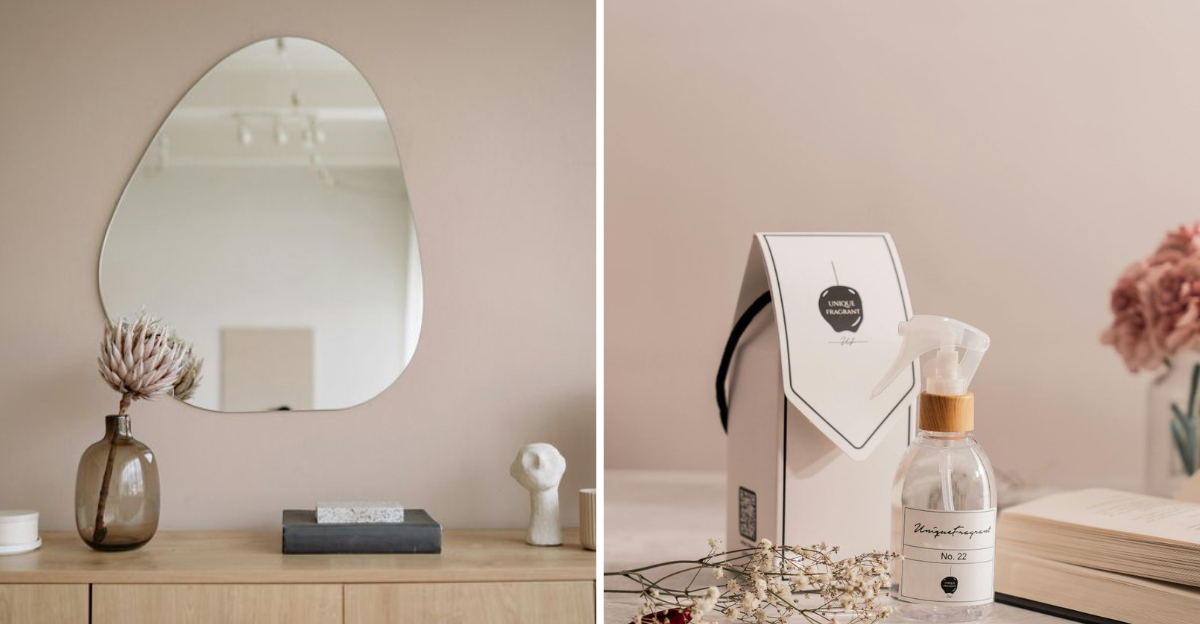
When you walk into a show home, everything feels perfect – perhaps too perfect. Builders and real estate agents use clever staging techniques to make properties appear more appealing than they might be in everyday use.
Understanding these common practices can help you see beyond the staging and make a more informed decision about your potential new home.
The information in this article is for general awareness only. Always verify property details, features, and conditions with real estate professionals before making purchasing decisions.
1. Strategic Furniture Placement
Furniture in show homes is often smaller than standard size to create an illusion of spaciousness. Beds might be queens instead of kings, and sofas may be apartment-scale rather than full-size.
Take a measuring tape when viewing homes to check actual room dimensions. This helps you determine if your existing furniture will fit comfortably in the space without making rooms feel cramped.
2. Limited Or Staged Storage Spaces
Show homes typically display closets and cabinets with minimal items, creating a false sense of storage capacity. Sometimes builders even remove closet doors to make spaces appear larger.
Open cabinets and check actual storage depths. Bring a measuring tape for closets and pantries to compare with your current home’s storage. Remember that your daily life requires more storage than what’s displayed.
3. Minimalistic Décor Choices
Designers deliberately use sparse décor to create a clean, uncluttered appearance. You’ll rarely see everyday items like phone chargers, mail piles, or children’s toys that accumulate in lived-in homes.
Try to envision the space with your belongings in it. Mental placement of your furniture, electronics, and daily necessities provides a more realistic picture of how the home would function for your lifestyle.
4. Temporary Fixtures And Finishes
Those eye-catching light fixtures and hardware may not be included in the base price. Builders often upgrade show homes with premium finishes that cost extra in actual builds.
Always ask for a detailed list of standard versus upgraded features. Knowing what comes included helps avoid disappointment later and allows for accurate budget planning when considering additional upgrade costs.
5. Masking Noise Or Location Drawbacks
Background music often plays during show home tours, potentially masking noise from nearby roads or thin walls. Weekday viewings might miss weekend activity from neighboring properties or community facilities.
Request a quiet moment during your tour to listen for external sounds. Visiting the neighborhood at different times reveals traffic patterns, noise levels, and activity that might affect your daily comfort.
6. Use Of Mirrors And Lighting
Builders maximize light by positioning mirrors opposite windows and installing bright bulbs in every fixture. These techniques bounce natural light around rooms and eliminate shadowy corners.
Visit properties at different times of day to assess the true lighting conditions. Morning sunlight versus evening ambiance can dramatically change how a space feels and functions in real-life situations.
7. Professional Scenting And Ambiance
Fresh-baked cookie smells and vanilla scents aren’t accidental – they’re marketing techniques designed to create emotional connections. These pleasant aromas may draw attention away from other aspects of the property that also need evaluation.
Focus on structural elements rather than ambiance during tours. Look beyond the sensory experience by checking for signs of moisture, proper ventilation, and structural integrity that might be concealed by pleasant scents.

